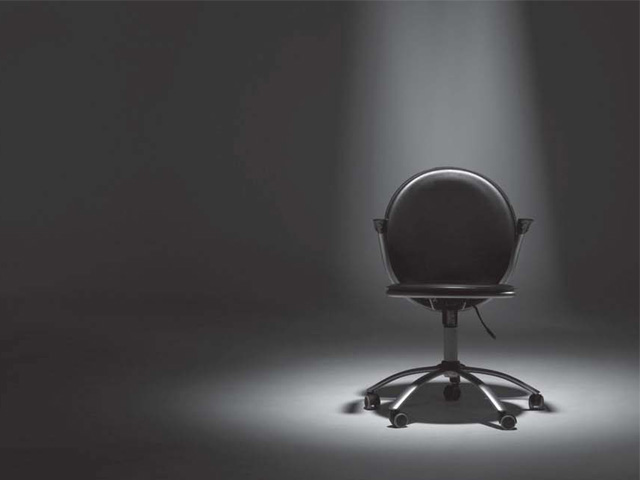
An ergonomic office chair is a tool that, when used properly, can help one maximise back support and maintain good posture while sitting. However, simply owning an ergonomic office chair is not enough. It is also necessary to adjust it to the proportions of your body to improve comfort and reduce aggravation to the spine.
The first step in setting up an office chair is to establish the desired height of your desk or workstation. This is determined primarily by the type of work to be done and by the height of the person using the office chair. Once the workstation has been situated, then the user can adjust the chair according to his or her physical proportions.
Compiled from www.spine-health.com, here is a list of factors to make sure that the office chair and work area are as comfortable as possible and will cause the least amount of stress to the spine.
1. Elbow measure
First, begin by sitting comfortably as close as possible to your desk so that your upper arms are parallel to your spine. Rest your hands on your work surface (desktop, computer keyboard). If your elbows are not at a 90-degree angle, adjust your office chair height either high or low.
2. Thigh measure
Check that you can easily slide your fingers under your thigh at the leading edge of the office chair. If it is too tight, you need to prop your feet up with an adjustable footrest. If you are unusually tall and there is more than a finger’s width between your thigh and the chair, you need to raise the desk or work surface so that you can raise the height of your office chair.
3. Calf measure
With your bottom pushed against the chair back, try to pass your clenched fist between the back of your calf and the front of your office chair. If you can’t do that easily, then the office chair is too deep. You will need to adjust the backrest forward, insert a low back support (such as a lumbar support cushion, a pillow or rolled up towel), or get a new office chair.
4. Low back support
Your bottom should be pressed against the back of your chair, and there should be a cushion that causes your lower back to arch slightly so that you don’t slump forward or slouch down in the chair as you tire over time. This low back support in the office chair is essential to minimise the load (strain) on your back. Never slump or slouch forward in the office chair, as that places extra stress on the structures in the low back, and in particular, on the lumbar discs.
5. Resting eye level
Close your eyes while sitting comfortably with your head facing forward. Slowly open your eyes. Your gaze should be aimed at the centre of your computer screen. If your computer screen is higher or lower than your gaze, you need to either raise or lower it to reduce strain on the upper spine.
6. Armrest
Adjust the armrest of the office chair so that it just slightly lifts your arms at the shoulders. Use of an armrest on your office chair is important to take some of the strain off your upper spine and shoulders, and it should make you less likely to slouch forward in your chair.
7. Stay active
No matter how comfortable you are in your office chair, prolonged static posture is not good for the back and is a common contributor to back problems and muscle strain. To avoid keeping the back in one position for a long period, remember to stand, stretch and walk for at least a minute or two every half hour. Even a quick stretch or some minimal movement such as walking to the water cooler or restroom will help.
Published in The Express Tribune, October 17th, 2016.
Like Life & Style on Facebook, follow @ETLifeandStyle on Twitter for the latest in fashion, gossip and entertainment.
















































COMMENTS
Comments are moderated and generally will be posted if they are on-topic and not abusive.
For more information, please see our Comments FAQ